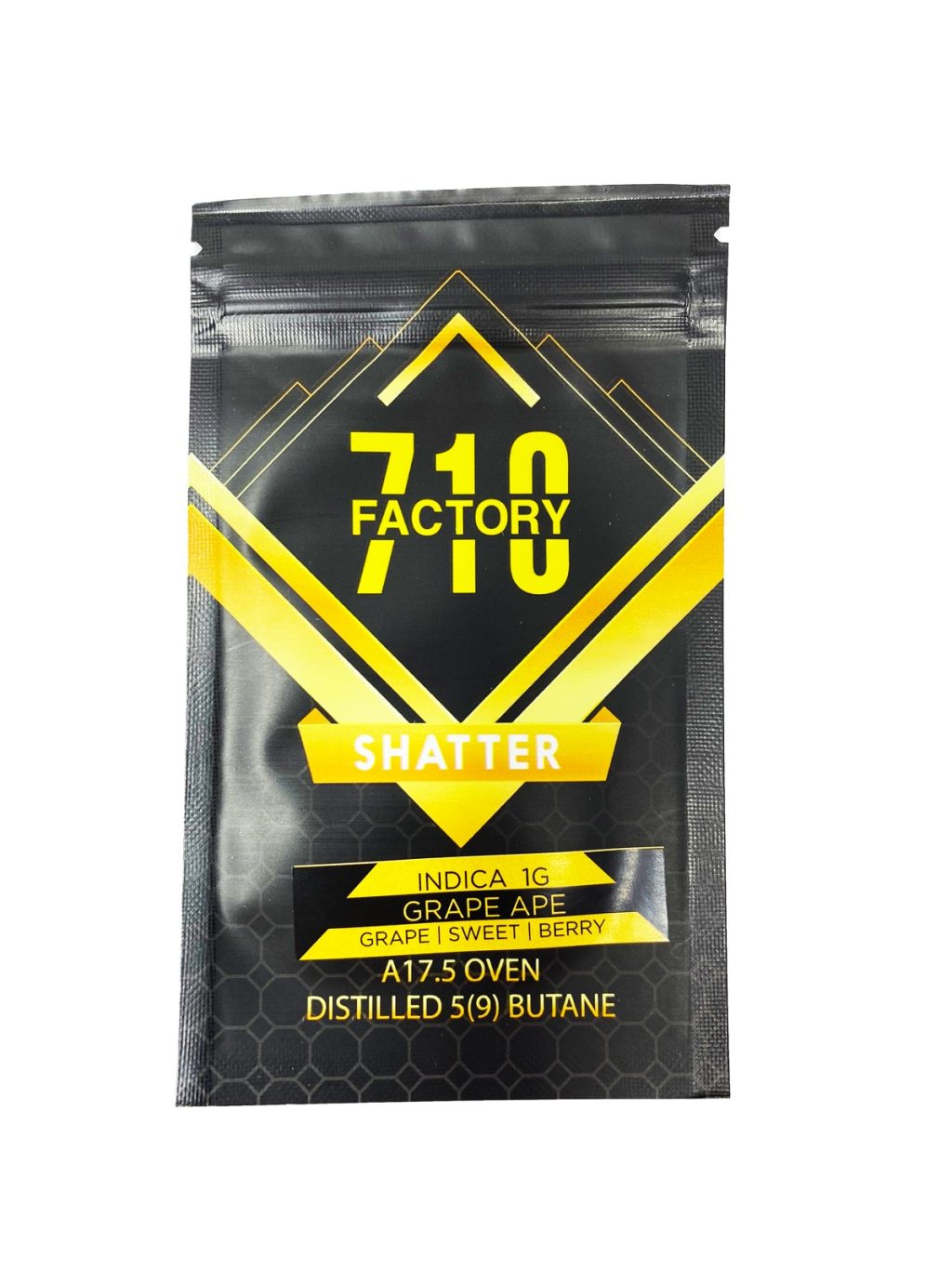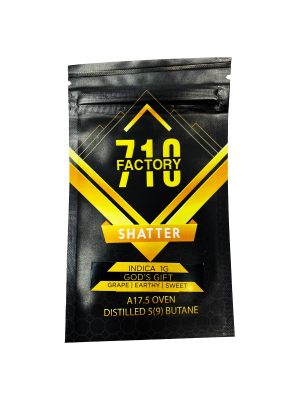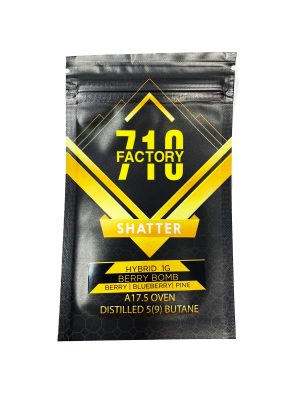Grape Ape is a tasty, memorable strain with strong indica roots. Its distinctive look and complex fruity flavor makes it an easy favorite — to say nothing of its incredibly potent body high. Grape Ape is the product of strains as different as Mendocino Purps, an award-winning Northern California crossbreed, the influential staple strain Skunk, and a legendary Afghani landrace. The combination of these nuances has yielded a bold and visually striking variety.
There are different varieties of this strain, with seeds available from Washington State-based Apothecary Genetics and Barney’s Farm, the seed bank responsible for creating other taste-focused strains like LSD and Pineapple Chunk. Testing lab Analytical 360 has tested samples of Grape Ape at between 15% and 25% THC composition.
Grape Ape is marked by standout colors and multi-layered scents — this is strain with more consumer “bag appeal” than most. Buds are large and have a dense bud structure with tightly-curled leaves. The leaves themselves are a deep green, with certain phenotypes expressing shades of purple and even red, with copper-colored pistils throughout. Trichome count varies from moderate to high, leaving the flowers especially sticky. The multicolored leaves are also very pungent: a candy-like grape smell wafts from the chunky buds. Breaking open the sticky flowers with a grinder gives off a different odor, with some skunky musk from the Skunk #1 parent and more of a thick hash scent from Afghani. When inhaled though, the slightly harsh smoke from Grape Ape tastes more fruity than skunky — notes of grape and berries predominate, leaving behind a sweet sensation at the top of the palate.
Notably, the grape taste and purple flavor of Grape Ape aren’t necessarily correlated. Colorful leaves in cannabis are the result of pigments called anthocyanins activated by different conditions, like cooler temperatures. The tastes of different cannabis strains, on the other hand, are mostly determined by compounds called terpenes, and while many strains prone to producing purple leaves also have a combination of terpenes that create a grape-like flavor, not all purple strains taste like grape. In the case of Grape Ape, it may be the case that consumer-focused growers intentionally bring out purple hues for the added visual appeal.
Grape Ape has a high that mounts slowly, eventually leading to a very weighty sensation in the head and limbs. Because of its slow onset, those enjoying Grape Ape should consume cautiously, keeping in mind that a little of this strain can go a long way. In ideal conditions, this strain provides a palpable sense of both mental and physical relaxation, easing users into a spacey calmness. Rather than stimulating rapid-fire thoughts, Grape Ape offers a full body stone. Like the similarly simian-named hybrid Gorilla Glue, Grape Ape may leave you feeling like a clumsy, sleepy primate. Its indica strength makes Grape Ape a helpful strain for those suffering from nagging pain, whether due to temporary aches or more chronic conditions like fibromyalgia. It can also soothe sore muscles after strenuous exercise. Mentally, Grape Ape can melt stress and anxiety with the force of its foggy high. Definitely an after-dark strain, It is great for inducing sleep.
SHATTER INFORMATION:
Shatter is an extract, which is a type of cannabis concentrate that’s produced using a combination of weed plant materials and solvents. The appearance of shatter weed is typically translucent, though its coloring can range from a bright honeylike amber to a darker yellow shade like olive oil.
Visually, all shatters may appear to have the same consistency, but the physical texture of individual products can vary from extremely brittle to a taffylike snap-and-pull quality. This inconsistency gives some insight into an individual product’s cannabinoid profile.
Specifically, shatter that’s higher in tetrahydrocannabinol (THC) will tend to be sappier than a product with a higher level of tetrahydrocannabinolic acid (THCA), which will be much more brittle by comparison. At room temperature, THC is a sappy oil, giving shatter with a high THC content a more viscous consistency, whereas THCA is solid at room temperature, yielding a fragile concentrate that’s easier to break apart.




Reviews
There are no reviews yet.